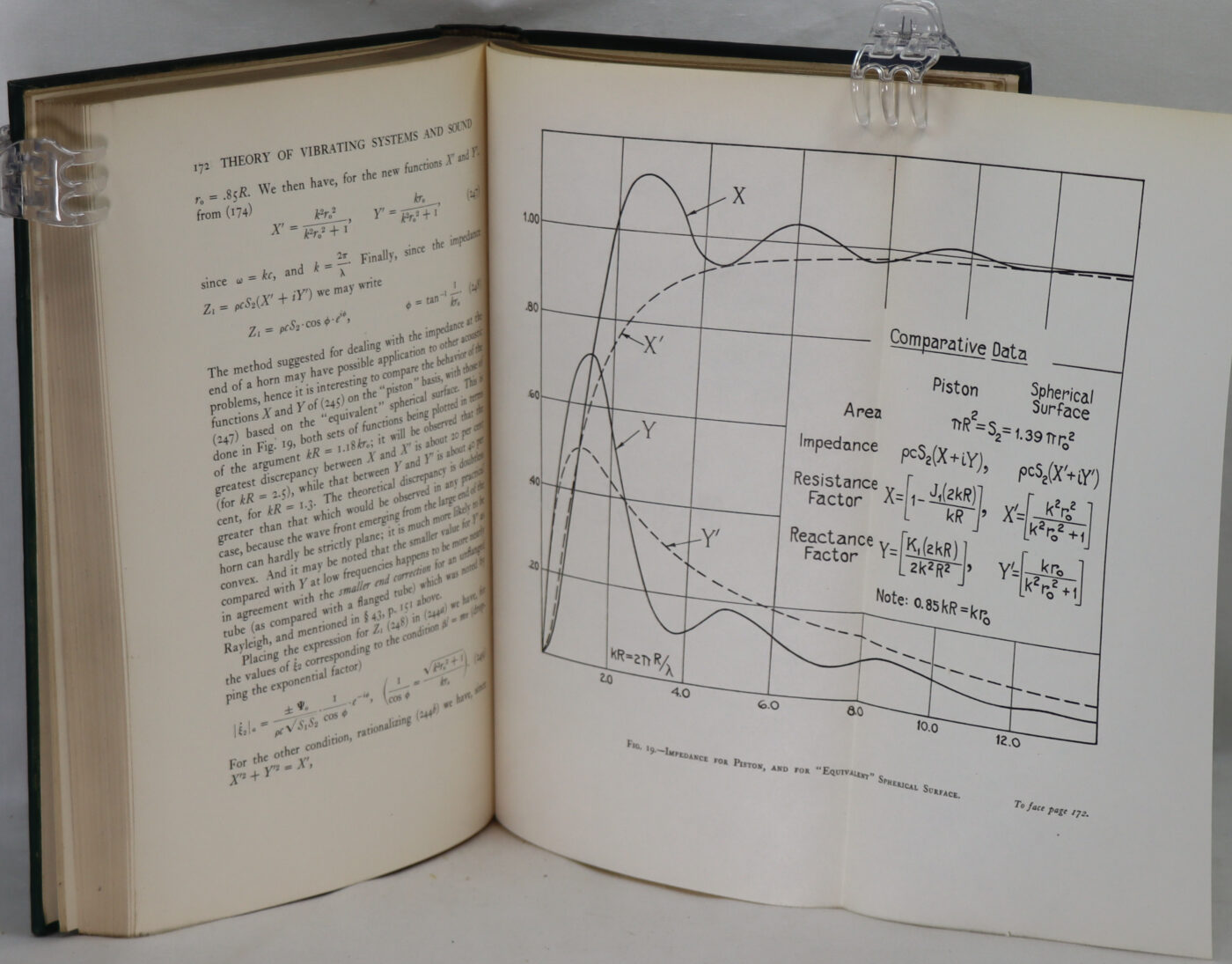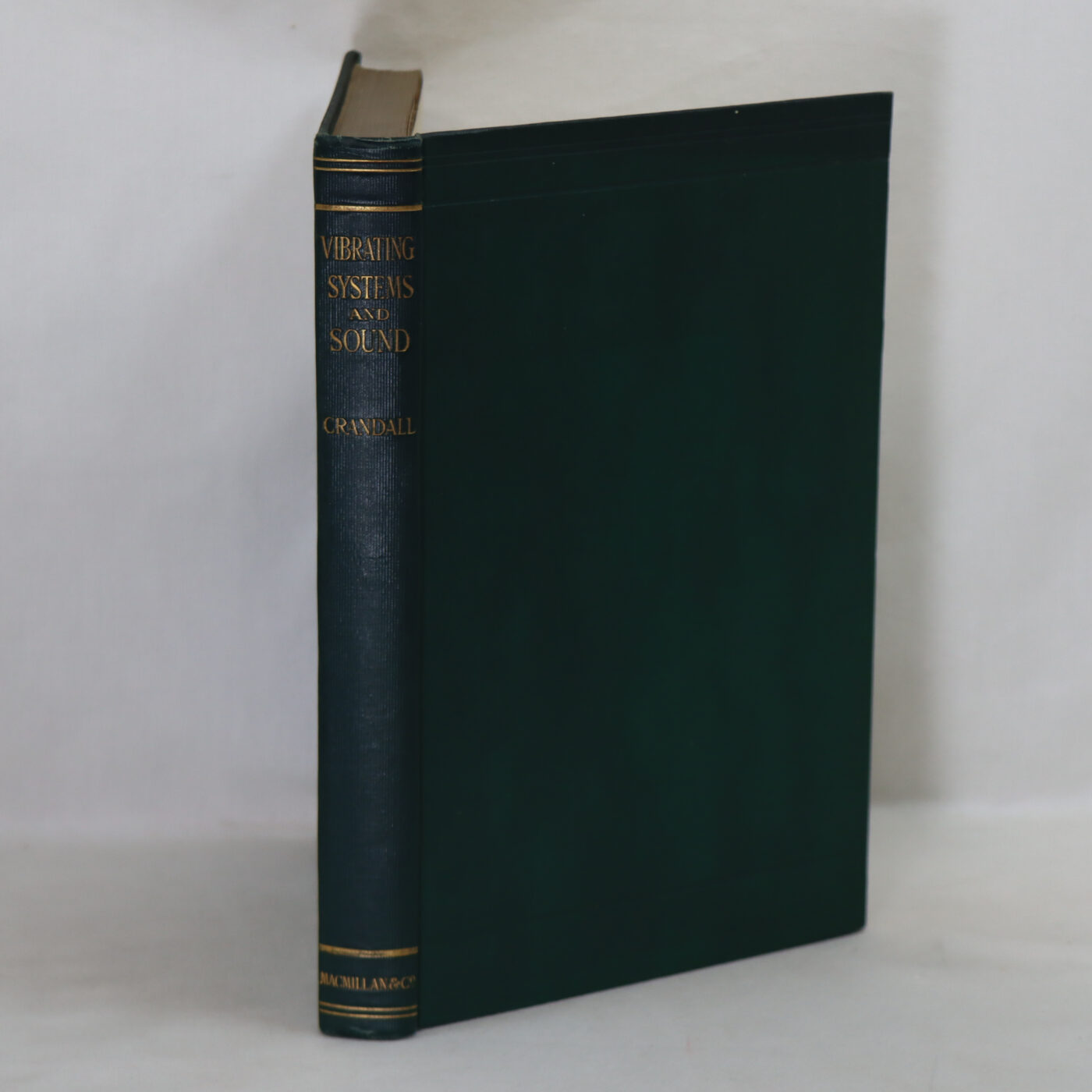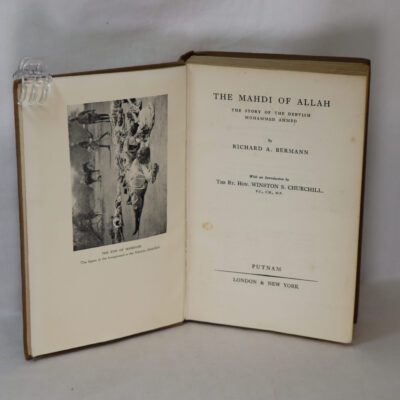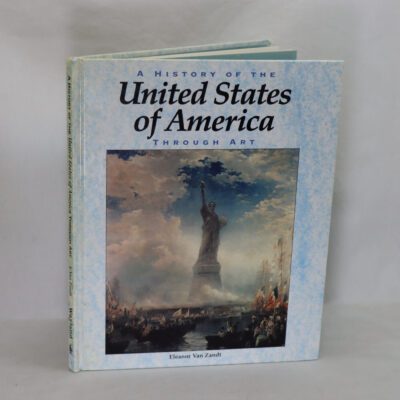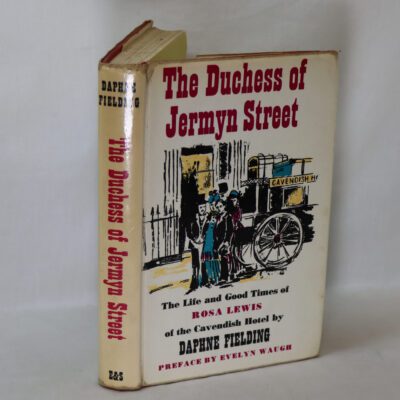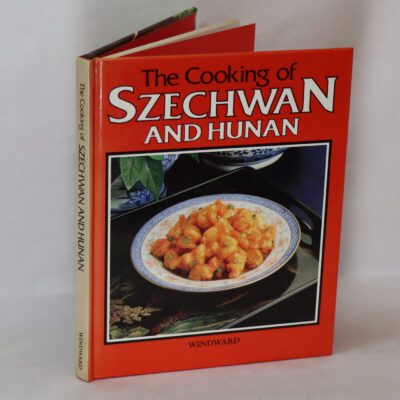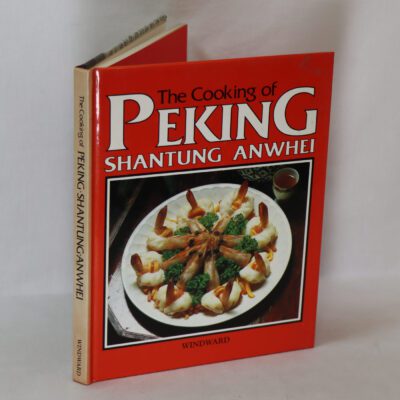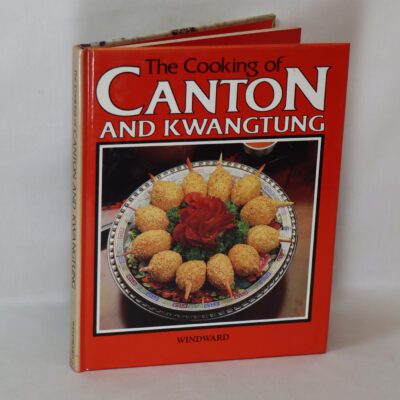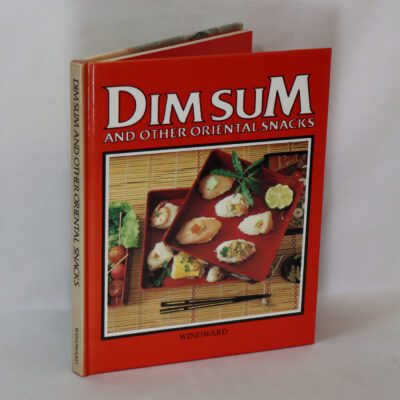Theory of Vibrating Systems and Sound.
By Irving B Crandall
Printed: 1927
Publisher: Macmillan & Co. London
| Dimensions | 17 × 24 × 2 cm |
|---|---|
| Language |
Language: English
Size (cminches): 17 x 24 x 2
Condition: Very good (See explanation of ratings)
Item information
Description
Green cloth binding with gilt title on the spine.
We provide an in-depth photographic presentation of this item to stimulate your feeling and touch. More traditional book descriptions are immediately available
- Note: This book carries a £5.00 discount to those that subscribe to the F.B.A. mailing list
For conditions, please view our photographs. A nice clean rare copy from the library gathered by the famous Cambridge Don, computer scientist, food and wine connoisseur, Jack Arnold LANG.
Hardcover. Condition: Very Good. The book itself is very clean with no underlining or highlighting, binding tight, pages white, stored correctly in a pet/smoke free private collector’s personal library for years. In mechanics, vibration (from Latin vibrāre ‘to shake’) is oscillatory motion about an equilibrium point. Vibration may be deterministic if the oscillations can be characterised precisely (e.g. the periodic motion of a pendulum), or random if the oscillations can only be analysed statistically (e.g. the movement of a tire on a gravel road). Vibration can be desirable: for example, the motion of a tuning fork, the reed in a woodwind instrument or harmonica, a mobile phone, or the cone of a loudspeaker. In many cases, however, vibration is undesirable, wasting energy and creating unwanted sound. For example, the vibrational motions of engines, electric motors, or any mechanical device in operation are typically unwanted. Such vibrations could be caused by imbalances in the rotating parts, uneven friction, or the meshing of gear teeth. Careful designs usually minimize unwanted vibrations. The studies of sound and vibration are closely related (both fall under acoustics). Sound, or pressure waves, are generated by vibrating structures (e.g. vocal cords); these pressure waves can also induce the vibration of structures (e.g. ear drum). Hence, attempts to reduce noise are often related to issues of vibration. Machining vibrations are common in the process of subtractive manufacturing.
Want to know more about this item?
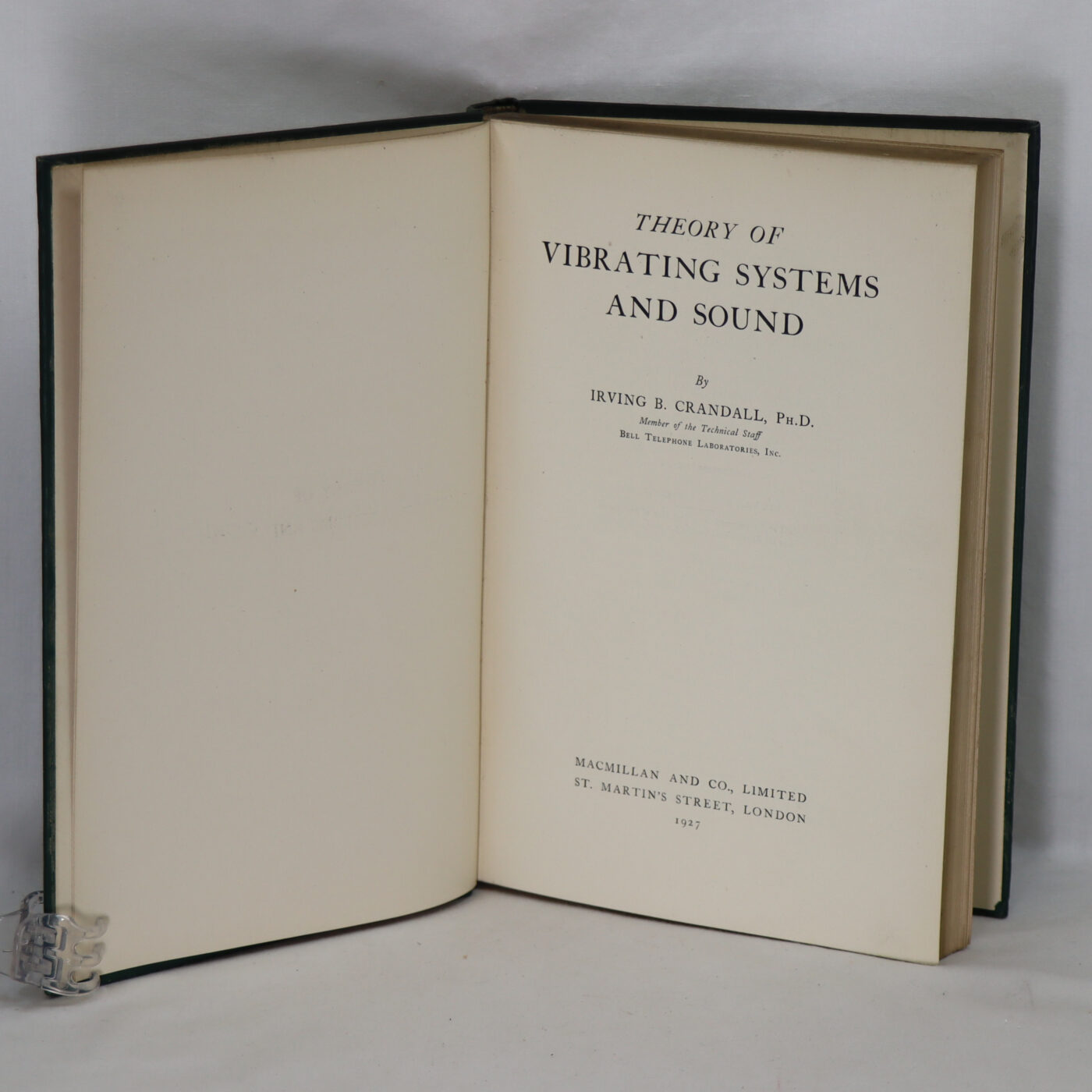
Related products
Share this Page with a friend

